Who Are You by The Who
Buy Who Are You The Who‘s eighth overall and final studio album with drummer Keith Moon, 1978’s Who Are You marks a notable transition for the rock quartet. Here, the music is built […]
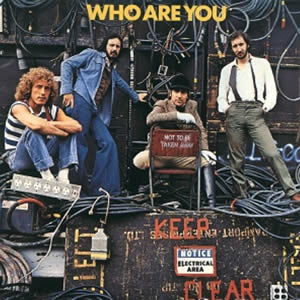
Buy Who Are You The Who‘s eighth overall and final studio album with drummer Keith Moon, 1978’s Who Are You marks a notable transition for the rock quartet. Here, the music is built […]

Buy An innocent Man Billy Joel took a musical detour by forging an album of interpretive styles on An Innocent Man, his ninth studio album. Here, Joel pays homage to various musical styles […]

Buy Truth There probably has never a debut album like Jeff Beck‘s 1968 solo debut, Truth. This album, of unique interpretations of diverse covers, introduced the talents of future superstar Rod Stewart on […]
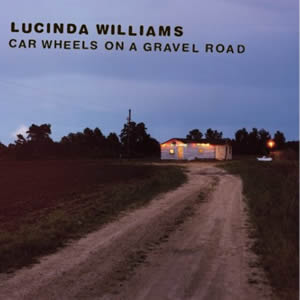
Buy Car Wheels On a Gravel Road Car Wheels on a Gravel Road, the fifth studio album by Lucinda Williams, is a highly acclaimed, awarded and influential 1998 record. In fact, several have […]
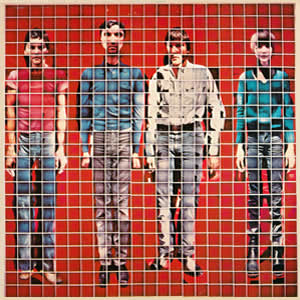
Buy More Songs About Buildings and Food The second album by Talking Heads, 1978’s More Songs About Buildings and Food got its sarcastic title by addressing the cliche of the “sophomore jinx” where […]
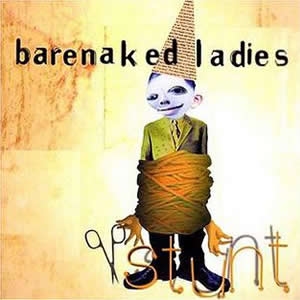
Buy Stunt In 1998, the fourth studio album by Barenaked Ladies became their commercial breakthrough and ultimately, their most successful album. Stunt features a refined set of this Canadian group’s brand of quirky […]
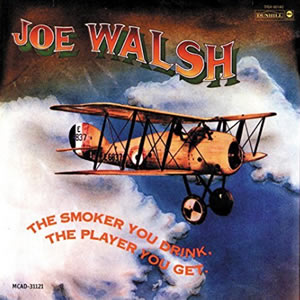
Buy The Smoker You Drink, the Player You Get The second of two albums featuring singer-songwriter and multi-instrumentalist Joe Walsh with his backup group Barnstorm, The Smoker You Drink, the Player You Get […]
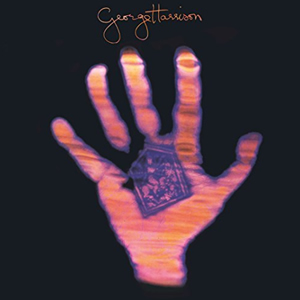
Buy Living in the Material World Living in the Material World was the fourth overall studio album (and second pop/rock release) by former Beatle George Harrison. This long-anticipated 1973 album is distinct in […]
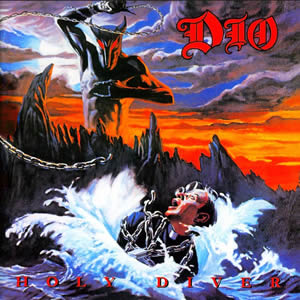
Buy Holy Diver Holy Diver is the 1983 debut studio album by Dio, led by veteran rock vocalist Ronnie James Dio. Drawing on the influences of multiple contemporaries in pop and rock music, […]
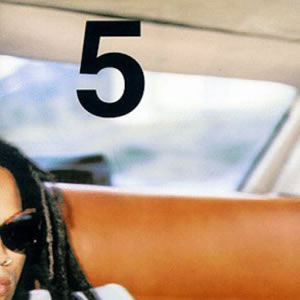
Buy Lenny Kravitz 5 The fifth studio album by Lenny Kravitz, released in 1998 is aptly titled 5 and saw the talented artist return to top commercial success as well as expand his […]